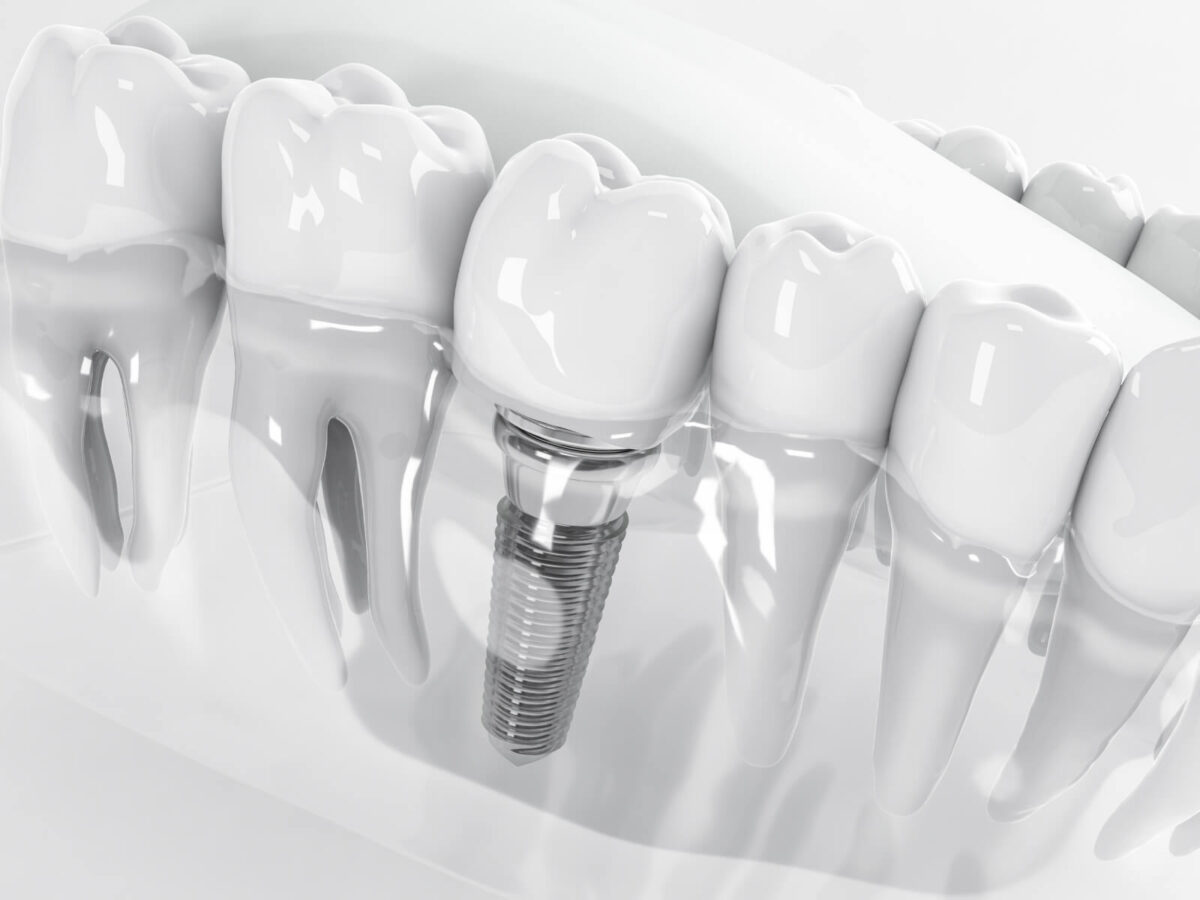Let me tell you something, they don’t always mention when you get dental implants – these things need more TLC than your average teeth. I’ve been placing implants here in San Antonio for over 15 years, and let me tell you, the difference between patients who care for them properly and those who don’t? Night and day.
Just last Tuesday, I saw two patients back-to-back:
- Mrs. Johnson, who’s had her implants for 12 years and they look brand new
- Mr. Thompson, whose 3-year-old implants already need replacing
The secret? It’s all in the daily care routine. And today, I’m sharing everything I tell my own family about keeping implants in top shape.
1. Brushing Your Implants – There’s a Right Way and a Wrong Way
Here’s what most people get wrong: you can’t brush implants like regular teeth. That fancy electric toothbrush you love? Might be doing more harm than good.
At our San Antonio Dental Office, TX, we teach the “45-45-2” method:
- 45-degree angle – Tilt your brush to clean under the gumline
- Spend about 45 seconds on each section — take your time and give every tooth some love.
- 2 minutes total – No cheating on the timer
I had a patient last month, retired Army Sergeant Rodriguez, who was scrubbing his implants like he was polishing his boots. Wore right through the protective coating! Cost him $1,800 to fix what proper brushing could have prevented.
2. Flossing – The One Habit That Can Make or Break Your Implant’s Lifespan
If I had a dollar for every patient who told me, “But doc, my implants don’t get food stuck like my real teeth did!”… Well, I’d have enough to buy a very nice dinner.
Here’s the cold, hard truth:
- Implants collect plaque just like real teeth
- The bacteria that grow can destroy your jawbone.
- Regular string floss doesn’t cut it.
What we recommend instead:
- Implant-specific floss (look for the stiff end that threads easily)
- Proxy brushes (these little guys get under the crown where trouble starts)
- A water flosser can be a great help — just make sure to keep the pressure low to protect those sensitive gums
Local school teacher Mrs. Gonzalez learned this the hard way when she skipped flossing for “just a few months” and developed an infection that required surgery.
3. Habits You Need to Break (Yes, Even That One)
Let’s have some real talk about the habits that destroy implants:
The Big Three Offenders:
- Smoking/Vaping – Reduces blood flow to your gums by up to 70%
- Chewing Ice/Hard Candy – That satisfying crunch could cost you thousands.
- Using Teeth as Tools – Bottle openers are $3 at HEB, implant replacements are $3,000
I’ll never forget the construction worker who came in with an implant he’d used to strip wire – let’s just say that was the most expensive wire stripper he ever owned.
4. Professional Cleanings Aren’t Optional
Here’s something most dental offices won’t tell you – implant cleanings are completely different than regular cleanings. At our practice:
- We use special plastic tools (metal scratches implants)
- Measure your gum pockets with more precision.
- Check your bite force distribution.
- Take baseline X-rays to monitor bone level.s
Miss just one cleaning and you could be looking at problems that take months to fix. Just ask Mr. Chen from Olmos Park – skipped two cleanings and needed $2,500 in gum therapy.
5. Spot the Warning Signs Early — Before Things Get Worse
The scary thing about implant problems? These issues usually don’t cause pain until they’re serious. Keep an eye out for:
- Bleeding when brushing (healthy implant gums don’t bleed)
- New spaces between teeth (could mean bone loss)
- Shiny metal showing (the protective coating is wearing)
- Bad taste that won’t go away (possible infection)
Noticing any of these signs? Don’t wait — it’s better to catch things early. That $150 emergency visit could save you $5,000 in repairs.
The Real Cost of Cutting Corners
Let me share some numbers from our San Antonio practice last year:
Preventive Care Costs:
- Professional cleaning: $150 (every 6 months)
- Quality toothbrush: $8 (every 3 months)
- Special floss: $5 (monthly)
Repair Costs for Neglected Implants:
- Gum infection treatment: $400–$2,500
- Bone grafting: $800–$3,000
- Full replacement: $3,000–$6,000
The math speaks for itself. That $300/year in maintenance could save you 10x that in repairs.
Products We Recommend
After testing hundreds of products, these are the only ones we stock in our San Antonio office:
- TePe Select Soft Toothbrushes – The angled bristles are perfect for implants
- Waterpik Cordless Advanced – Gentle enough for daily use, but effective
- GUM Implant Floss – Doesn’t shred like regular floss
- CloSYS Mouthwash – Won’t irritate the implant site.s
Your 30-Day Implant Care Makeover
Want to get your implant care on track? Here’s our step-by-step plan:
Week 1:
Buy the right tools (see list above)
Practice the 45-45-2 brushing method.
Week 2:
Master proper flossing technique
Eliminate one bad habit (start with the easiest)
Week 3:
Schedule your next professional cleaning
Set phone reminders for daily care.
Week 4:
Do a self-check for warning signs
Celebrate your new healthy routine!
Final Thoughts From Your San Antonio Dentist
Getting dental implants was a big investment — not just in money, but in your overall quality of life.Treat them right, and they’ll give you decades of trouble-free service.
Got questions or just need to book your next cleaning? Give us a ring—our team at San Antonio Dental Office TX is here when you need us. Your smile is beautiful. It is worth protecting!


